Plot
The story is inspired by a real life fact and set in the 1930s when, at the Institute of Physics of Via Panisperna, in Rome, physicist Enrico Fermi managed to involve a group of brilliant young students—Emilio, Bruno, Edoardo and Ettore (all of whom became famous scientists)—forming a working group committed to scientific research who would achieve great discoveries in the field of nuclear physics.
These young men's lives—full of anxieties as well as enthusiasms—are related with pathos and sensitiveness, mainly looking at their private side, with their youthful energies, but also their fears and weakness.
The story has among the main themes the relationship between Enrico and Ettore, the former becoming both a sort of father and of elder brother to Ettore, with the typical disputes (misunderstandings hiding affection) happening in a family. Unfortunately, the fascist political regime, the racial laws, Ettore's disappearance into nowhere (suspicious death or suicide, it will never be known)—he who already realized how their exciting discoveries could become powerful destruction weapons in wrong hands (attentively see the scene set in Sicilian fields)—all proves to be more decisive than the love for physics which had drawn them together so much and, finally, the boys turn different ways.
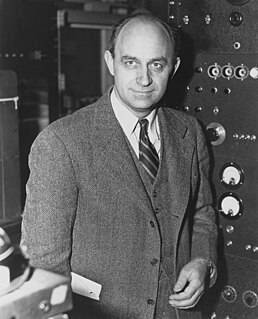
Enrico Fermi was an Italian physicist and the creator of the world's first nuclear reactor, the Chicago Pile-1. He has been called the "architect of the nuclear age" and the "architect of the atomic bomb". He was one of very few physicists to excel in both theoretical physics and experimental physics. Fermi was awarded the 1938 Nobel Prize in Physics for his work on induced radioactivity by neutron bombardment and for the discovery of transuranium elements. With his colleagues, Fermi filed several patents related to the use of nuclear power, all of which were taken over by the US government. He made significant contributions to the development of statistical mechanics, quantum theory, and nuclear and particle physics.

Franco Dino Rasetti was an Italian physicist, paleontologist and botanist. Together with Enrico Fermi, he discovered key processes leading to nuclear fission. Rasetti refused to work on the Manhattan Project on moral grounds.
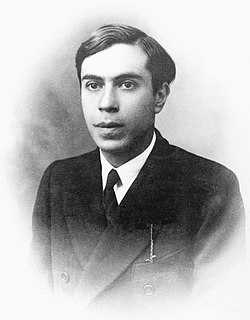
Ettore Majorana was an Italian theoretical physicist who worked on neutrino masses. On 25 March 1938, he disappeared under mysterious circumstances after purchasing a ticket to travel by ship from Palermo to Naples.
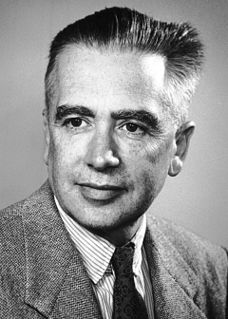
Emilio Gino Segrè was an Italian-American physicist and Nobel laureate, who discovered the elements technetium and astatine, and the antiproton, a subatomic antiparticle, for which he was awarded the Nobel Prize in Physics in 1959 along with Owen Chamberlain.
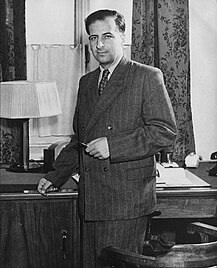
Bruno Pontecorvo was an Italian and Soviet nuclear physicist, an early assistant of Enrico Fermi and the author of numerous studies in high energy physics, especially on neutrinos. A convinced communist, he defected to the Soviet Union in 1950, where he continued his research on the decay of the muon and on neutrinos. The prestigious Pontecorvo Prize was instituted in his memory in 1995.

Via Panisperna boys is the name given to a group of young Italian scientists led by Enrico Fermi, who worked at the Royal Physics Institute of the University of Rome La Sapienza. In 1934 they made the famous discovery of slow neutrons, which later made possible the nuclear reactor and then the construction of the first atomic bomb.

Gianni Amelio is an Italian film director.

Laura Capon Fermi was an Italian and naturalized-American writer and political activist. She was the wife of Nobel Prize physicist Enrico Fermi.
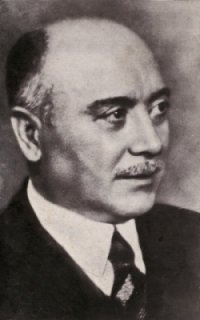
Orso Mario Corbino was an Italian physicist and politician. His younger brother was Epicarmo Corbino.

Gian Carlo Wick was an Italian theoretical physicist who made important contributions to quantum field theory. The Wick rotation, Wick contraction, Wick's theorem, and the Wick product are named after him.

Antonino Zichichi is an Italian physicist who has worked in the field of nuclear physics. He has served as President of the World Federation of Scientists, as a professor at the University of Bologna, and is associated with American conservative think-tank the Heartland Institute.
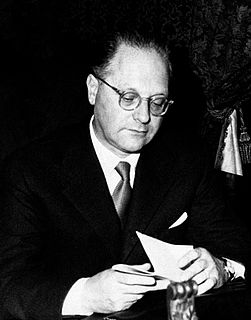
Edoardo Amaldi was an Italian physicist. He coined the term "neutrino" in conversations with Enrico Fermi distinguishing it from the heavier "neutron". He has been described as "one of the leading nuclear physicists of the twentieth century." He was involved in the anti-nuclear peace movement.
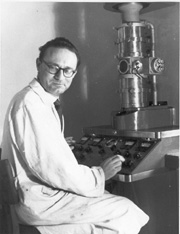
Mario Ageno is considered one of Italy's most important biophysicists.
Sergio Ferrara is an Italian physicist working on theoretical physics of elementary particles and mathematical physics. He is renowned for the discovery of theories introducing supersymmetry as a symmetry of elementary particles and of supergravity, the first significant extension of Einstein's general relativity, based on the principle of "local supersymmetry". He is an emeritus staff member at CERN and a professor emeritus at the University of California, Los Angeles.

Oscar D'Agostino was an Italian chemist and one of the so-called Via Panisperna boys, the group of young scientists led by Enrico Fermi: all of them were physicists, except for D'Agostino, who was a chemist.

Ennio Fantastichini was an Italian actor.
The Nastro d'Argento is a film award assigned each year, since 1948, by Sindacato Nazionale dei Giornalisti Cinematografici Italiani, the association of Italian film critics.
This is a list of Italian television related events from 1990.
Tonino Nardi was an Italian film cinematographer.
This page is based on this
Wikipedia article Text is available under the
CC BY-SA 4.0 license; additional terms may apply.
Images, videos and audio are available under their respective licenses.














